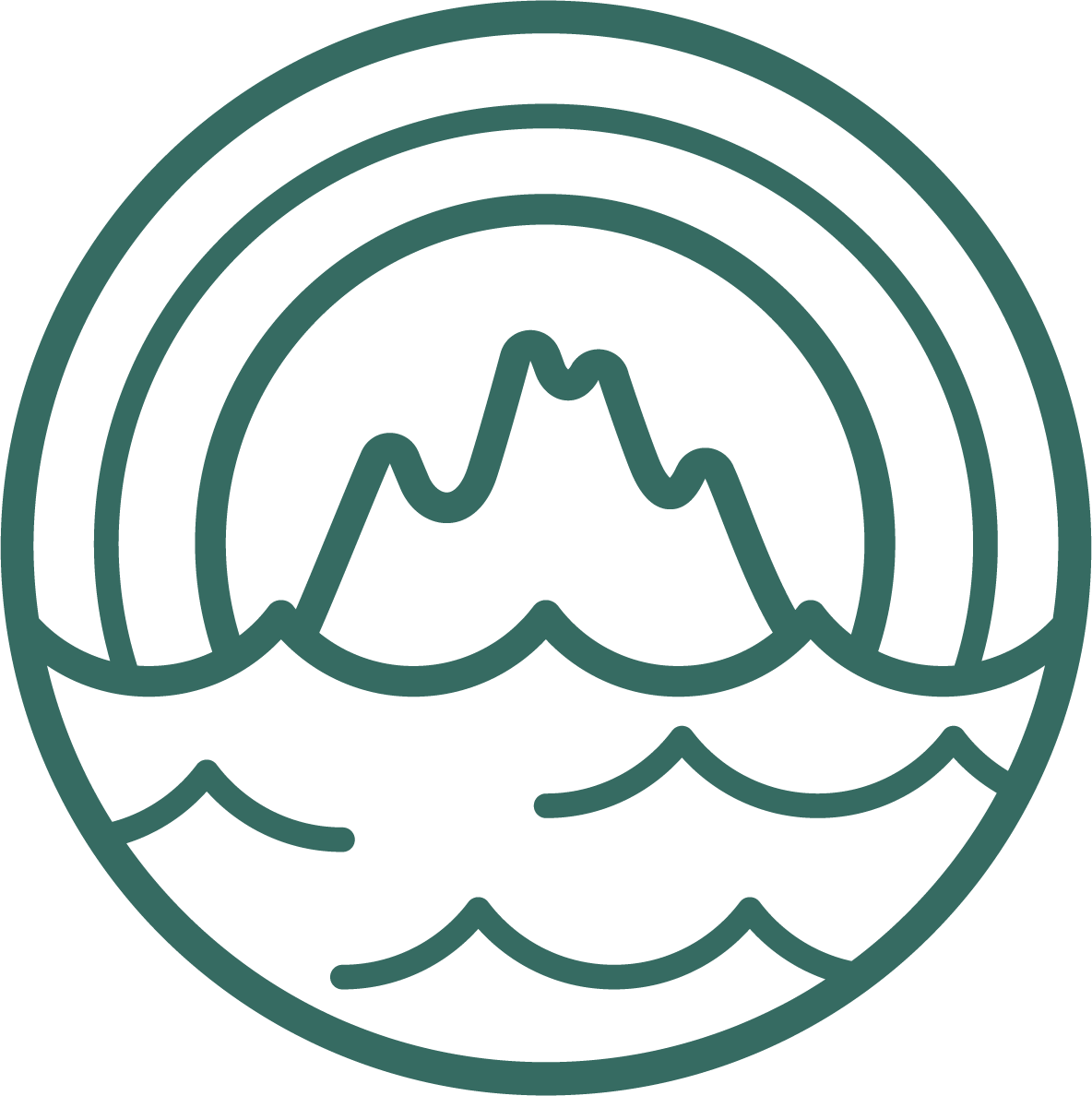
Designing Effective Professional Development

Designing Professional Development for Educators was developed through a partnership with the Hawai‘i Department of Education (HIDOE) as part of an ongoing effort to improve standards-based education in Hawai‘i. CRDG’s long history designing and implementing programs of teacher professional development that incorporate the most up-to-date research in teaching and learning, model successful instructional strategies, increase teachers’ content knowledge in the subject area, and help teachers address state and national standards made them a logical choice to contribute this critical piece to the HIDOE’s efforts to improve standard’s based education.
Designing Professional Development for Educators is based on the increasingly rich research on what constitutes effective professional development. The guide is intended for everyone with a role in choosing or designing professional development for educators. Its purpose is to assist everyone in designing and implementing more effective professional development by providing tools to help planners better understand the context in which professional development takes place, set a clear vision for desired outcomes, understand student and teacher data that drive professional development, and evaluate impact.
The design framework, adapted from Loucks-Horsley et al. (2010) comprises six boxes—representing the components of the professional development and implementation process—and five circles—representing important inputs into that process. Forward arrows indicating logical, sequential steps in the planning process connect the boxes. Backward arrows represent the iterative nature of the planning and doing process, including both formative and summative evaluation. The guide describes how to use this framework and provides planning and design tools to improve outcomes.

In addition to the research literature review on effective professional development, CRDG staff designed and conducted a principal survey and teacher focus group interviews on perceptions of effective professional development to validate the essential elements included in the guide. This work will continue with field testing and further revisions of the innovative guide.



